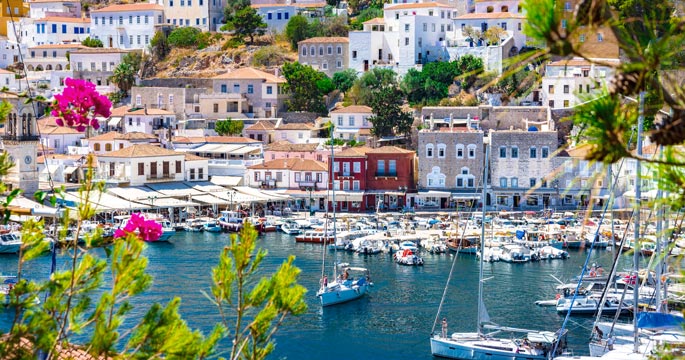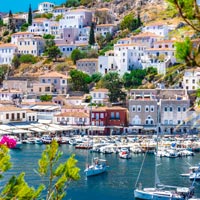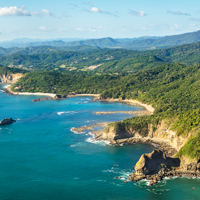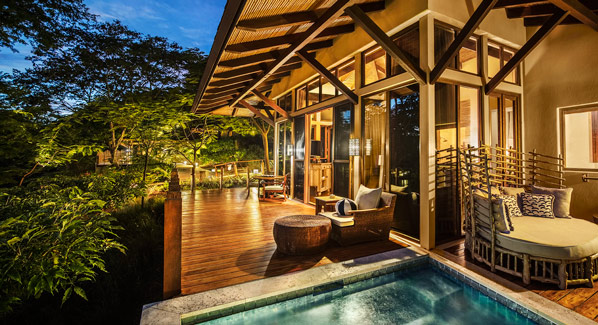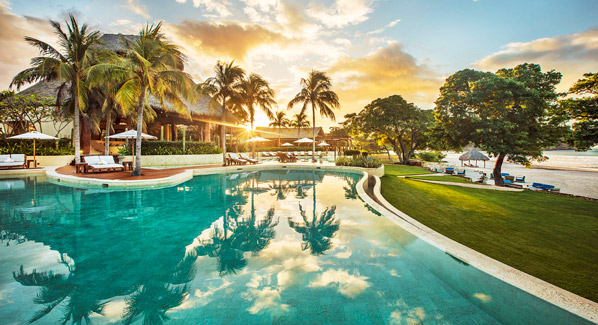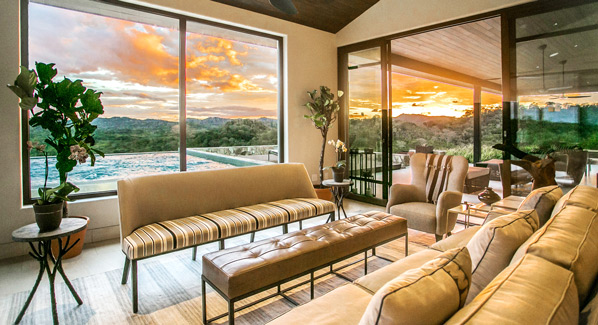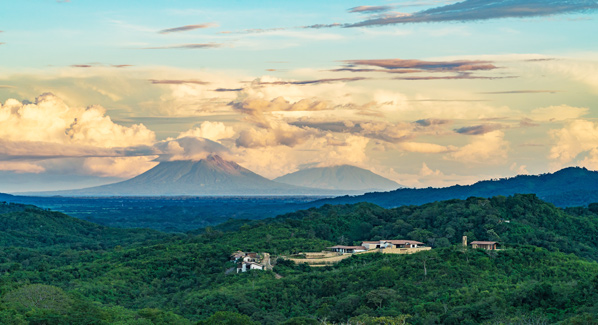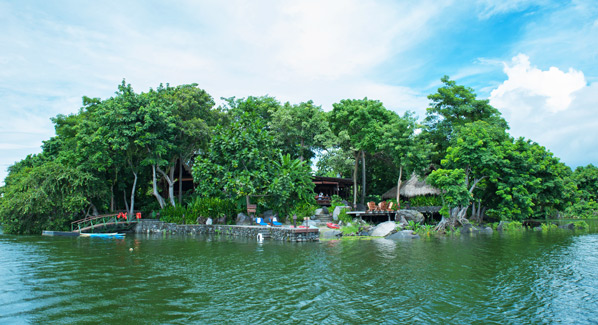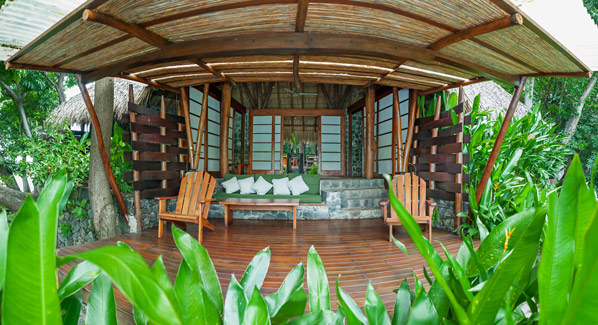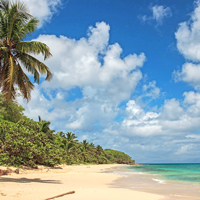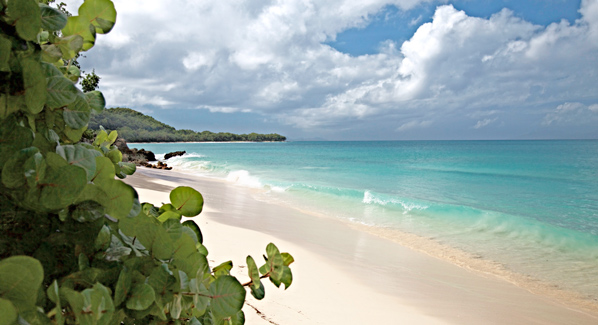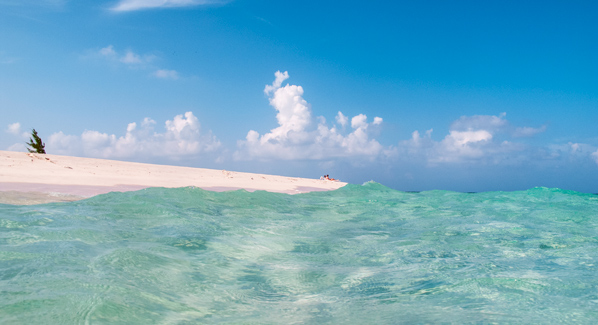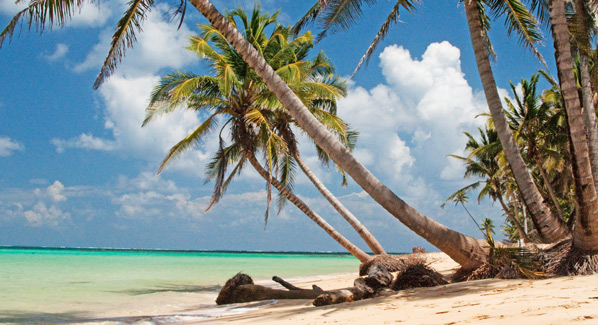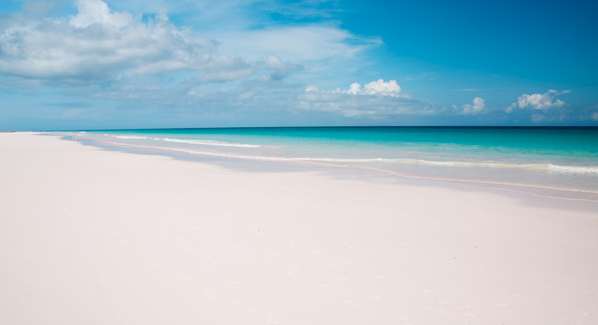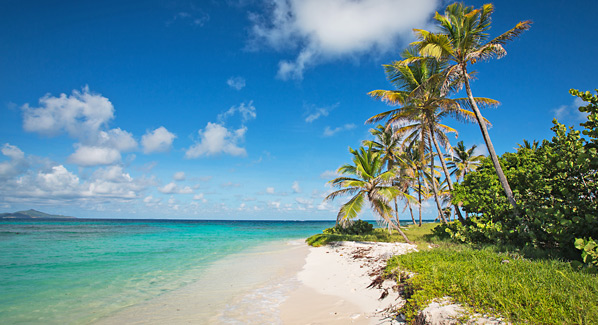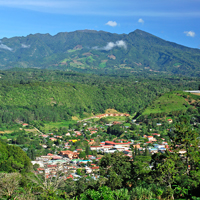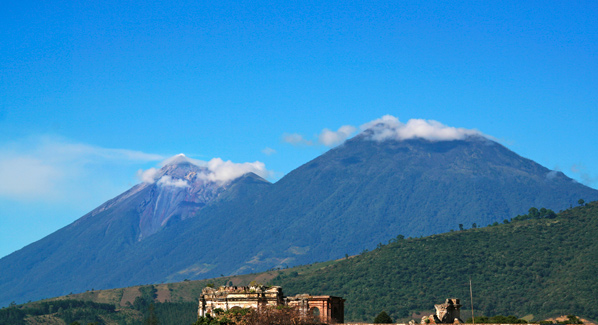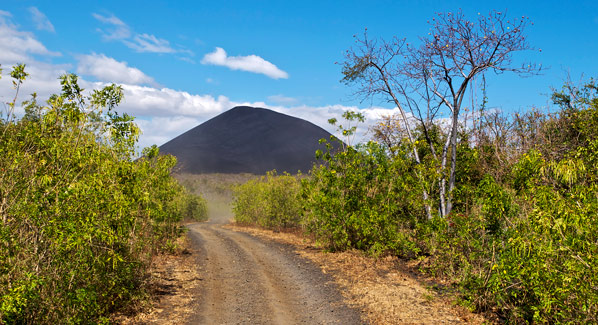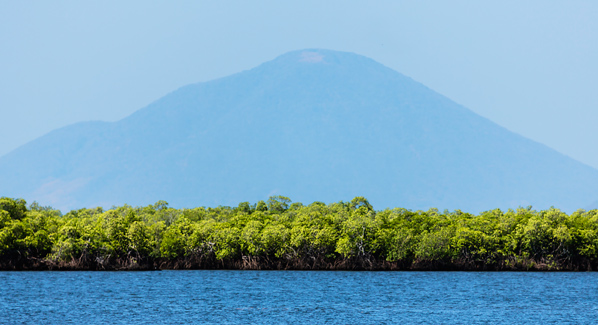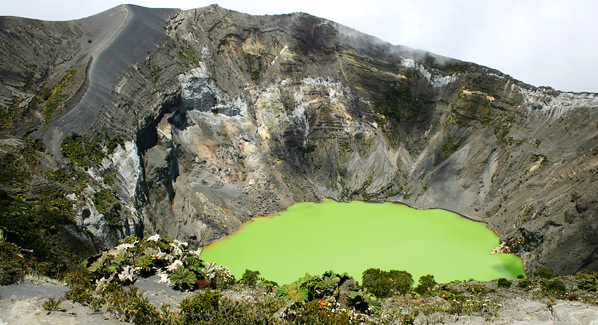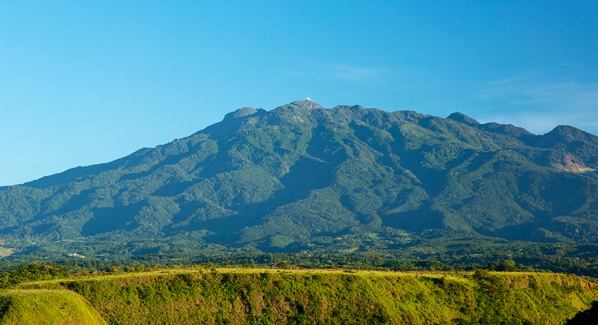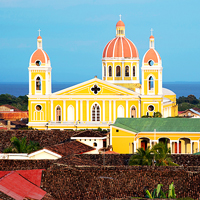Next time you get stuck in rush hour traffic, take a deep breath and imagine you are on vacation on an island where there are no cars. Take an imaginary escape to a place where people walk, ride bikes, or straddle a scooter on narrow village lanes. These places really do exist, and here are eight of our favorites.
Gili Islands, Indonesia
East of Bali and just off the northwestern shore of Lombok Island lie a trio of tiny treasures known as the Gilis. This name simply means “small island “in the Indonesian language, and it’s an apt description for three specs of land where you could walk anywhere in about 20 minutes. Gili Air, Gili Trawangan, and Gili Meno each measure less than a mile from coast to coast and are home to only a few thousand people. There are no cars, no scooters, and no golf carts on the islands–just bicycles and horse-drawn carriages. Scuba diving is big in the surrounding waters, and Trawangan is a favorite with the partying backpack crowd. Meno, with less than 500 residents, is the place to go for truly deserted beaches and a fully off-the-grid environment.
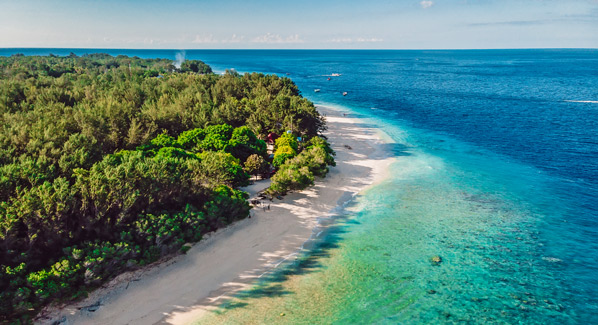
The smallest of the Gili Islands, Gili Meno showcases scenic and remote beaches and several snorkeling sites. Its serene ambiance is popular with honeymooners. Photo: Nuture/iStock
Burano, Italy
Long considered one of the most picturesque towns in Italy, Burano is accessible only by water, and just a boat ride away from Venice. Like its famous neighbor, this island is crisscrossed by canals that serve as liquid thoroughfares. Burano’s claim to fame is its distinctive multi-hued houses. Most every building in town is painted in a variety of pastel shades from across the rainbow. To take in this collection of residential street art, you’ll need to lace up the walking shoes, as the narrow alleys that connect neighborhoods are free of motorized vehicles. Burano is famous for delicate lace fabrics, an industry that uses traditional knitting skills once used to repair fishing nets. One landmark that’s a must-see when touring the town is Il Campanile Storto di Burano, aka the leaning bell tower of Burano.
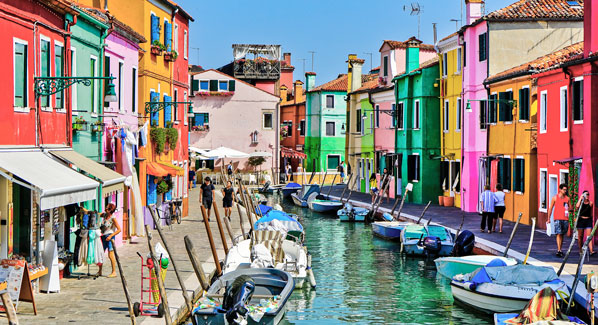
Colorful Venetian houses along the canal of Burano have inspired many artists, who have made the island home. Photo: Javen/Shutterstock
Little Corn Island, Nicaragua
When your puddle-jumper flight sets down on Nicaragua’s Corn Island you might think you’d come as far away from the crowds as possible. This small island offers quiet beaches, small unpretentious guest houses, and a laid-back Caribbean culture. But true solitude seekers can go even one step farther by hopping aboard a native panga boat for an eight-mile crossing to Little Corn Island. Just don’t expect to be greeted by a taxi when you arrive. The only internal combustion engine on Little Corn Island is the village generator, and it only runs from evening to morning. The island, which is just two miles long and a mile wide, is connected by a series of walking paths. A handful of small guest houses provide comfortable if basic accommodations in a pristine setting that is sure to please solitude seekers.
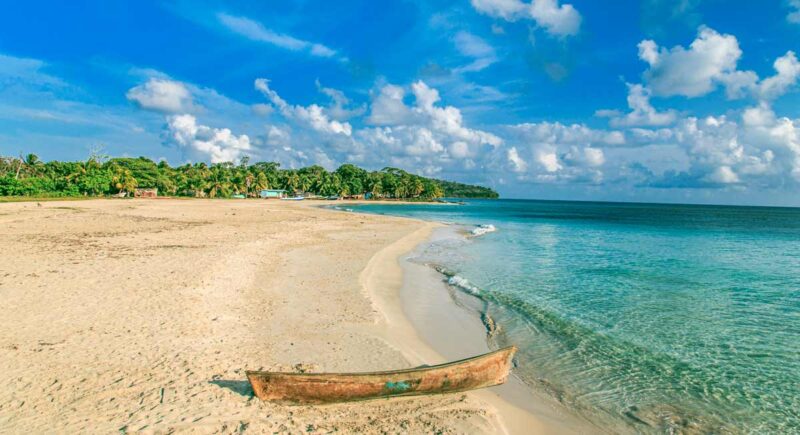
Both Little Corn and Big Corn islands in Nicaragua are known for their white sand beaches, turquoise bays, and lack of crowds. Photo: Riderfoot/Shutterstock
Cay Caulker, Belize
You won’t be dodging cars on the quiet, unpaved streets of Caye Caulker — the most you’ll have to contend with is the occasional bicycle or golf cart. This smaller sibling of Belize’s popular Ambergris Caye delivers a just-right mix of isolation and civilization. There’s an airstrip that accommodates small commuter flights, and regular ferry service from the mainland. Everything is within walking distance, and most of the restaurants, hotels, and cafes are clustered towards the north end of the island. But just in case, there are those golf carts for those days when you’re feeling lazy. Caye Caulker is just a short boat ride away from the Great Mesoamerican Barrier Reef, which offers some of the best snorkeling and diving in the Caribbean.
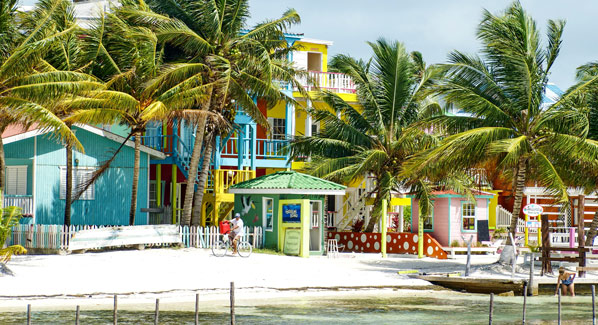
Pastel buildings on the beach near the ferry terminal on Cay Caulker set the stage for this low-key, relaxed island in Belize. Photo: ANPerryman/iStock
Panarea, Sicily
Italy’s Aeolian Islands have been a favorite getaway since the days of the Caesars in Ancient Rome. Today, the smallest member of this cluster of volcanic outcroppings attracts its share of modern A-listers, but they tend to keep things on the down low. While the island has more than its share of excellent dining and drinking opportunities, it’s not a bling-heavy club scene. Instead, there’s a trend toward elegance through simplicity. In fact, the lack of streetlights across the island means you can enjoy stargazing from a guesthouse terrace. It’s a walking-friendly place, as most everything is located close to the port district on San Pietro harbor. Mechanized transport is confined to the golf carts that serve as taxis on extremely narrow roadways.
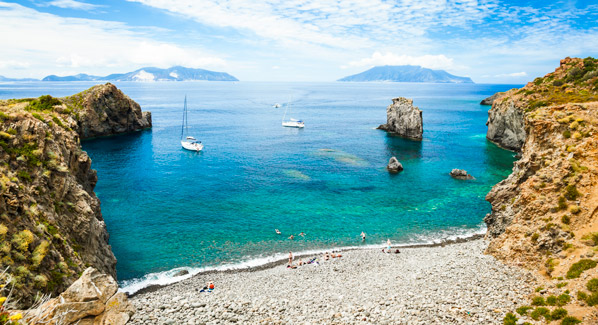
Cala Junco is a small bay on the island of Panarea, one of the Aeolian Islands near Sicily. Lipari and Salina islands are seen on the horizon. Photo: Michal Krakowiak/iStock
Hydra, Greece
No Cars? No Problem. Per a 1950’s presidential decree, cars, motorbikes, and all other forms of wheeled conveyances are banned on Hydra. Other than walking, the only approved mode of transport on this Greek island is on the back of a donkey. And while the stated reason for banning all types of wheeled machines is to preserve a historic culture and traditional way of life, it also makes sense on a more practical level. The steep hillsides that surround the island’s crescent-shaped harbor are cut by narrow paths and stairs that would not accommodate most other forms of transport. A long-time favorite with in-the- know travelers, Hydra offers an eclectic mix of accommodations and restaurants. One thing to take into account when planning a stay: if you want to enjoy the elevated views of the Aegean Sea from your terrace, you’ll need to be ready to do some uphill trekking.
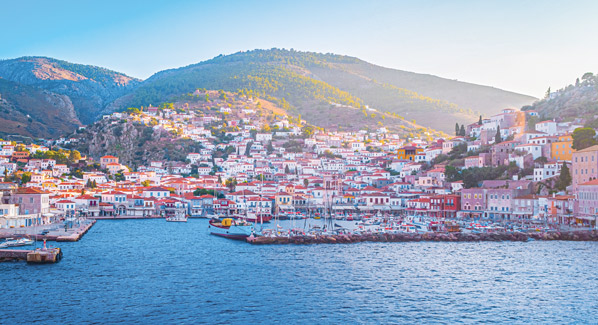
Panoramic view on the Greek island of Hydra where mountains overlook the capital town of narrow alleys and colorful buildings lining the waterfront. Photo: Romas_Photo/Shutterstock
Koh Phayam, Thailand
Thailand, the way it used to be. That’s how visitors fortunate enough to discover Thailand’s Koh Phayam describe this quiet island, which sits in the Andaman Sea just south of the border with Myanmar. From the mainland, it’s a two-hour ferry ride or a 45-minute speedboat dash out to Koh Phayam. This is a place where long stretches of white-sand beaches are fronted by nothing more than palm trees and the occasional thatch-roofed food stall. The island offers a collection of small guest houses, almost all within walking distance of the ocean. If you want to do some more distant exploring, the only options will be a rental scooter or a motorbike taxi. Some of Thailand’s best dive sites lie just offshore, and water sports lovers can also try kite surfing or paddling trips into mangrove lagoons.
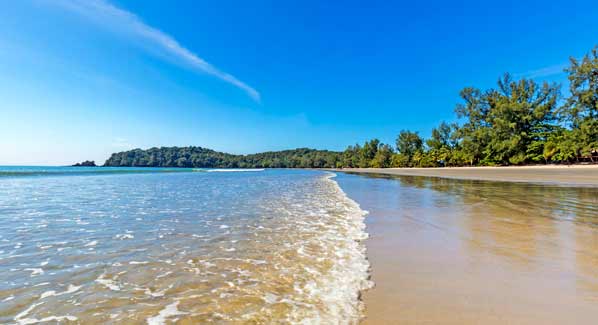
Ringed by a handful of beaches with golden sand Thailand’s Koh Phayam remains one of the country’s best-kept secrets. Photo: querbeet/iStock
Brijuni Islands, Croatia
During a stroll on Veliki Brijun, you might come across zebras, llamas, ostriches, or even an Indian elephant. The largest island in Croatia’s Brijuni Archipelago is now a national park. But during the Soviet era, the island was the official residence of Yugoslavian president Josip Tito. The exotic animals that are now housed in a safari park were gifts to the former strongman. The island also boasts a number of natural attractions, including several sets of fossilized dinosaur footprints and a 1700-year-old olive tree. The best way to take in Veliki Brijun is with a walking tour, though the park also allows a tram-style “tourist train” to make the rounds. Most visitors come for a day trip that starts at the mainland city of Pula, but there are two hotels on the island for those who want to linger a bit longer.
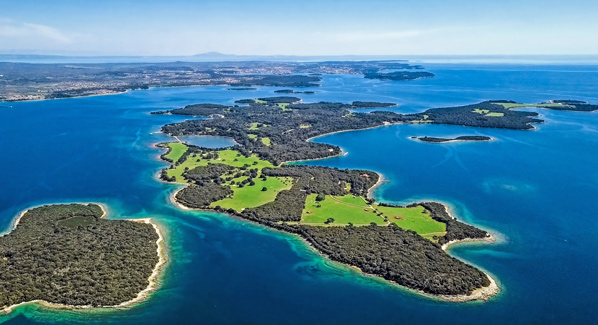
Aerial view of the archipelago of the Brijuni islands and the National Park where you can explore pathways and trails on foot or via bicycle. Photo: rusm/Getty Images
For more island destinations around the world that don’t allow cars watch the PBS program titled Islands without Cars with host Kira Cook. While she takes you on journeys to colder climates, you’ll meet the locals and get a real taste of the islands. Her website is: https://www.islandswithoutcars.com/

